Home & Garden
6 Foolproof Home-Improvement Tools Anyone Can Use

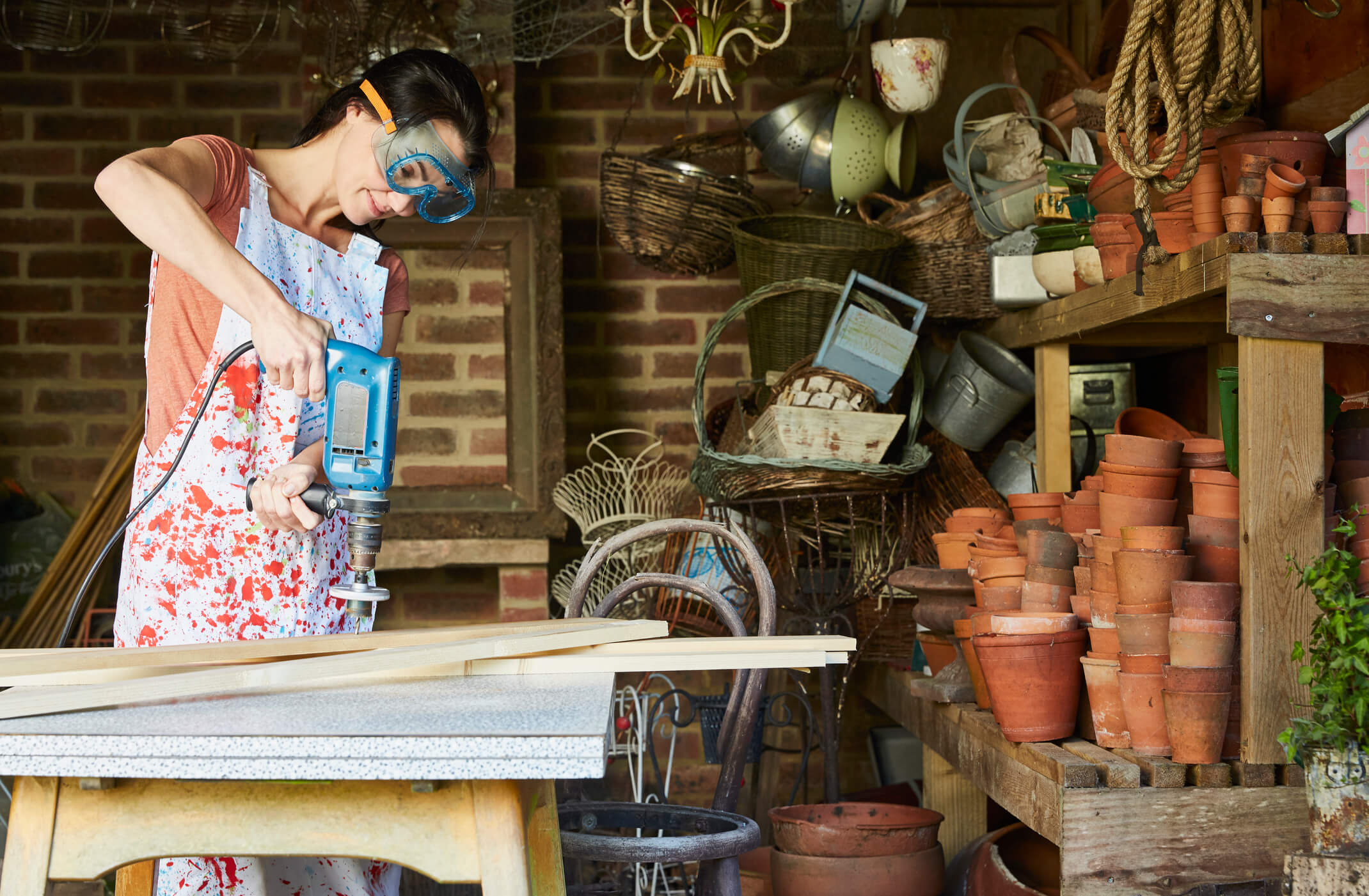
Home improvement can be a headache if you don’t have the right tools. And home-improvement stores can be intimidating if you’re not sure what you need or aren’t comfortable using tools in general. To help, I’ve put together a list of my all-time favorites. These are the best tools to own, whether you’re just starting out or you’re more experienced with home renovation. Plus, if you add them to your arsenal, you’ll be earning Cash Back at Ebates while shopping for all the best products.
Dewalt 20-Volt Compact Impact Driver
A power drill is one of the pillars of a basic tool kit. Most people have used one or own a drill of their own; fewer people have used an impact driver. It’s a shame, because my impact driver has changed the way I approach home improvement. Its primary job is driving screws with incredible force, but I’ve used it for tons of other applications. The best part is that it’s just as easy to handle as a power drill, so there’s no learning curve. I love my Dewalt impact driver, and pros tend to reach for Dewalt tools as well. If you have a big home-improvement job to tackle or you just want something with a little more power than your current cordless drill, reach for an impact driver.
Swanson Speed Square
The speed square is a home-improvement tool many people overlook. It’s not flashy, but it’ll change the way you work. Aside from helping you draw a straight line, the speed square doubles as a protractor. It’ll also work as a saw guide and can help you mark the perfect angle. Swanson makes the original speed square, which usually comes with a book to help you get the most from your new tool.
Stanley Chalk Line Reel
A chalk line is a precision tool pros have used for years that’s easy for a home-improvement newbie to adopt. Basically, you secure (or have someone hold) one end of the line to point A and hold the other end of the line down tightly at point B. Then you pick up the string somewhere in the middle and let it snap back onto whatever surface you’re working on. The result? A perfectly straight line marked with chalk dust. I’ve used it to keep screws straight while installing flooring, hanging pictures and much more. This one from Stanley is a good pick. It should be the last one you ever buy if you take care of it.
Allway 6-in-1 Painter’s Tool
The one tool I find myself reaching for the most during weekend home-improvement jobs is my Allway 6-in-1 Painter’s Tool. It was designed to help with paint-related jobs, but I’ve found dozens of ways to use it: pulling nails, scraping crud off walls, patching drywall, spreading putty, etc. If you are painting, here’s a pro tip: That concave edge is meant for scraping excess paint out of paint rollers when you clean them, so they’re not stiff and brittle the next day when you’re trying to paint a third or fourth coat.
Zircon Metal and Wood Stud Finder
Hanging pictures? Anchoring furniture to the wall? You need a stud finder. Simply drag it along your wall and it’ll tell you exactly where to drive a screw or hammer a nail. Some, like this one from Zircon, can even alert you if there are wires and tell the difference between metal and wood. I own this model, and it has saved me plenty of headaches in the past couple years.
Werner Work Platform
When we renovated our home last year, I spent hours on this portable work platform from Werner. It’s good for just about anything, but I used it most for painting, working on walls and doing electrical work. It’s just the right height and is easy to tote around and set up in small spaces where a ladder wouldn’t make sense. We’ve settled in now, but I still use it about every other weekend for odd jobs.
Related Links:
- TEMU 2pcs Keyless Drill Screwdriver Impact Driver Adaptor, 1/4 Hex Shank Drill Arrow Bit Tool, Quick Change Convertor Adapter, Metal, Hex Handle, No Power Required, Home Improvement Tools Accessories Best Deals & Sales - October 2025
- Understanding Types of Coupons & How to Use Them
- 7 Easy Home Makeover Projects to Try as the Weather Breaks
- 5 Non-Lame Valentine’s Day Gifts He’ll Actually Use
- 15 Ways Savvy Shoppers Can Save Money at Lowe’s
- How to Use Rakuten to Save on Your Road Trip
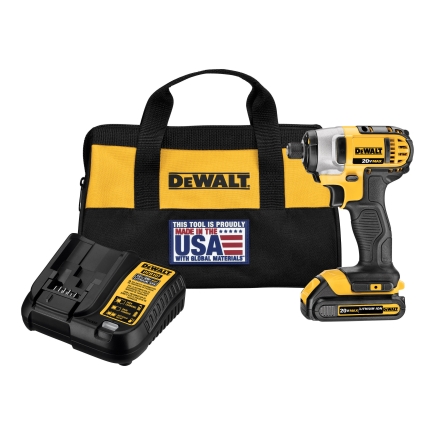
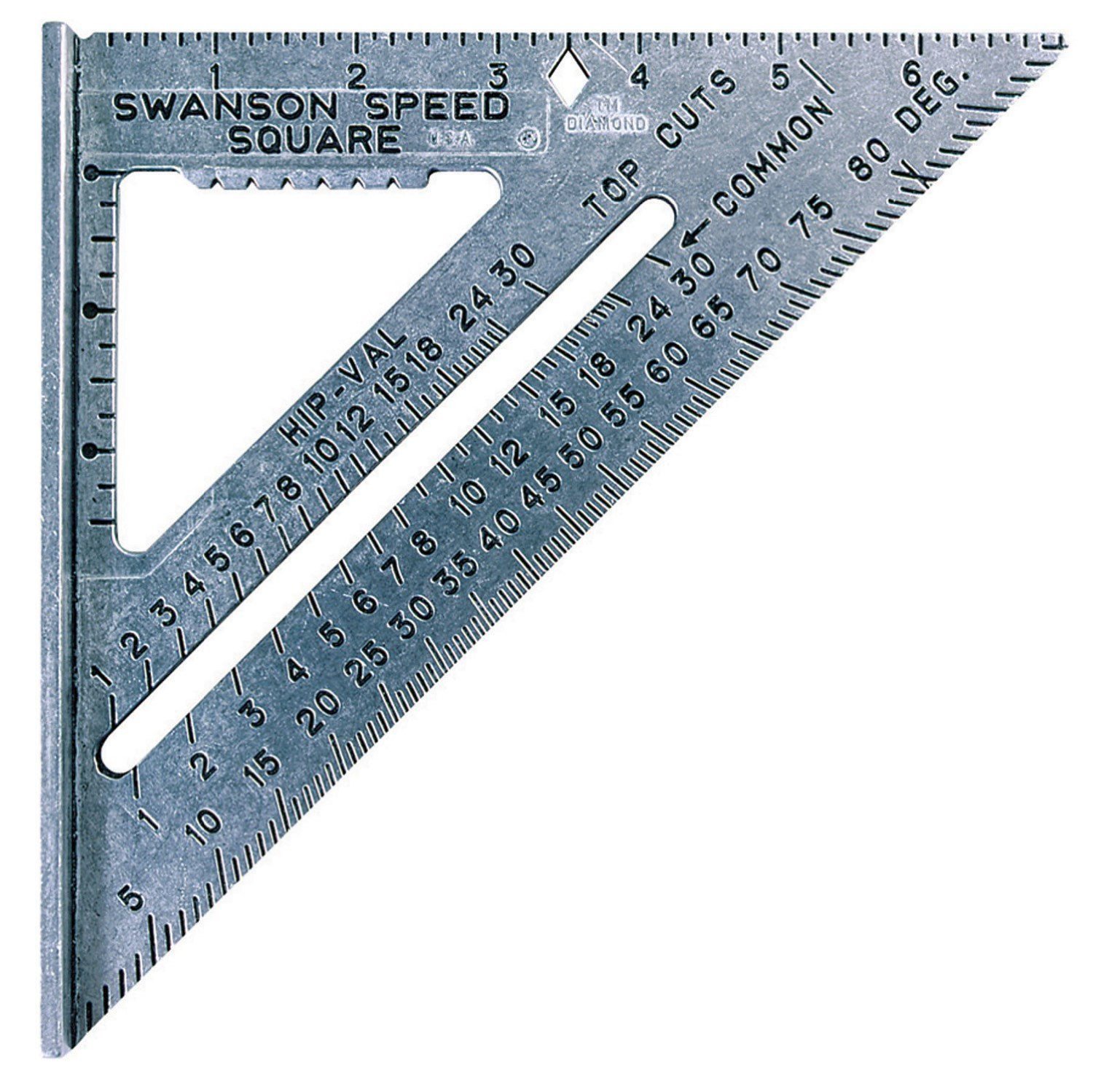
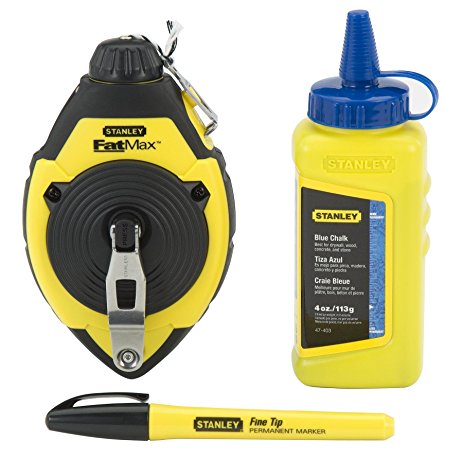


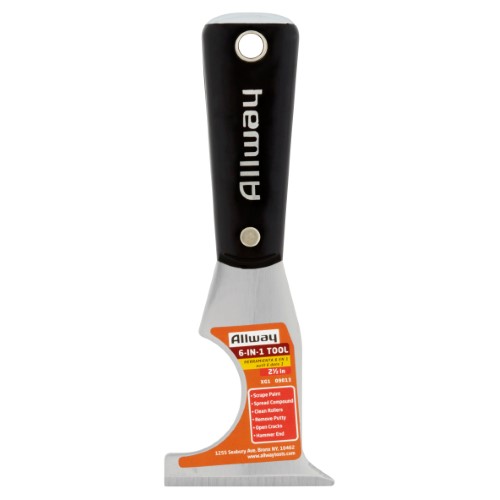
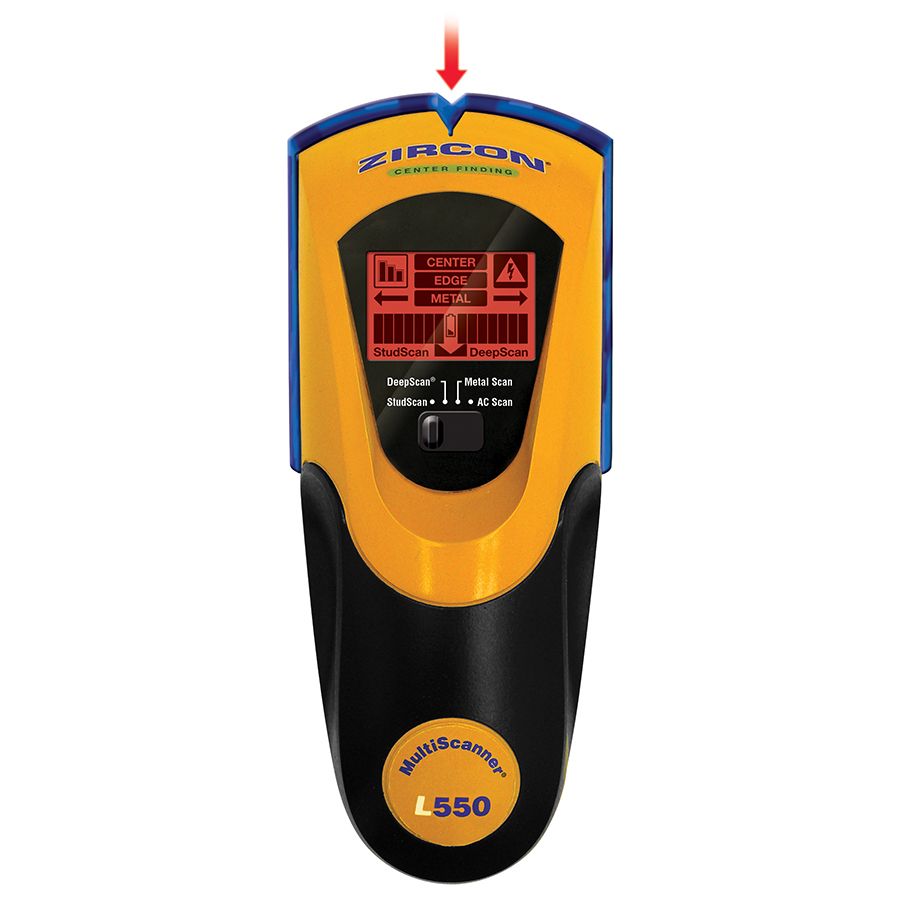
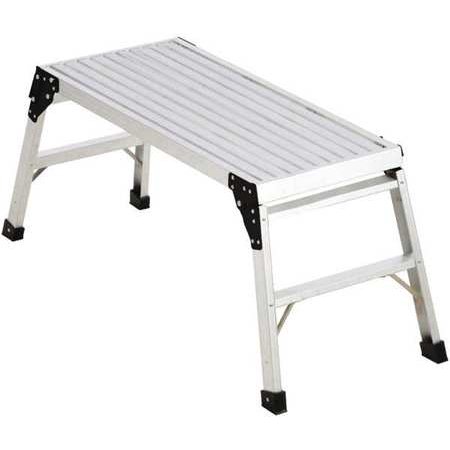
Join The Conversation